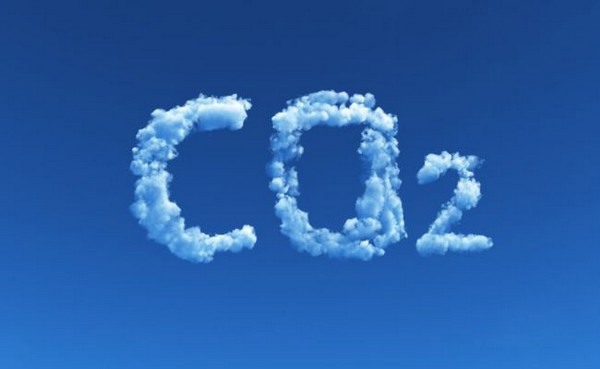There is a major risk that the Dutch greenhouse horticulture sector will relocate abroad when CO2 prices rise in Europe. This has emerged from independent research (see annex) commissioned by Minister Jetten for Climate and Energy (EZK). The Dutch production of vegetables, fruit, and ornamental horticulture may move to Southern Europe, where less greenhouse heating is needed, or further abroad, where the costs of CO2 emissions are lower. Glastuinbouw Netherlands considers this development undesirable and emphasizes that sustainability is broader than merely reducing CO2 emissions.

The government is currently developing measures to implement the coalition agreement and the so-called 'Fit for 55' package of European climate measures. With European CO2 pricing, Minister Jetten wants to ensure that 'the polluter pays'. It should also lead to fairer competition in Europe because every Member State will have to pursue an equally strict climate policy. Greenhouse horticulture in the Netherlands is critical of a generic scheme for CO2 pricing. Although pricing at the EU level would probably make the playing field less unfair, EU Member States must also implement measures without such a levy because of European climate policy. The Netherlands Greenhouse Horticulture Sector will therefore investigate the exact impact of the various policy proposals in the coming period.
Sustainable sector approach
Sustainability goes further than just reducing CO2 emissions. Dutch greenhouse horticulture is a leader in the field of water management, reduced use of crop protection agents, and sustainable labor. Moreover, Glastuinbouw Nederland has launched an ambitious investment plan to reduce its gas consumption by 900 million cubic meters by 2026. We will be climate neutral by 2040. In this way, the greenhouse horticulture sector will also become a global climate leader. Earlier, in the coalition agreement, the government also recognized that the greenhouse horticulture sector has the potential to be a leader in energy-efficient and circular production of high-quality products.
Plea for continuation
Greenhouse horticulture Netherlands, therefore, calls for the CO2 sector system to be continued. In the CO2 covenant of 2012, it was agreed that the sector would be subject to a reduced energy tax. On the other hand, CO2 emission targets have been set, which must be achieved each year. If the emission targets are exceeded, the sector pays a balancing amount. This entire amount is then used to achieve climate targets in the greenhouse horticulture sector, for example, through the Kas als Energiebron (greenhouse as an energy source) program. In the new Energy Transition Covenant 2030, agreements are made about a new, more effective, more guiding sector system. This should take effect from 1 January 2025. In this way, the greenhouse horticulture sector will work each year to reduce CO2 emissions and achieve climate neutrality in 2040.
Click here for the Report_CO2_Tweede_Kamer.pdf
Source: Glastuinbouw Nederland
